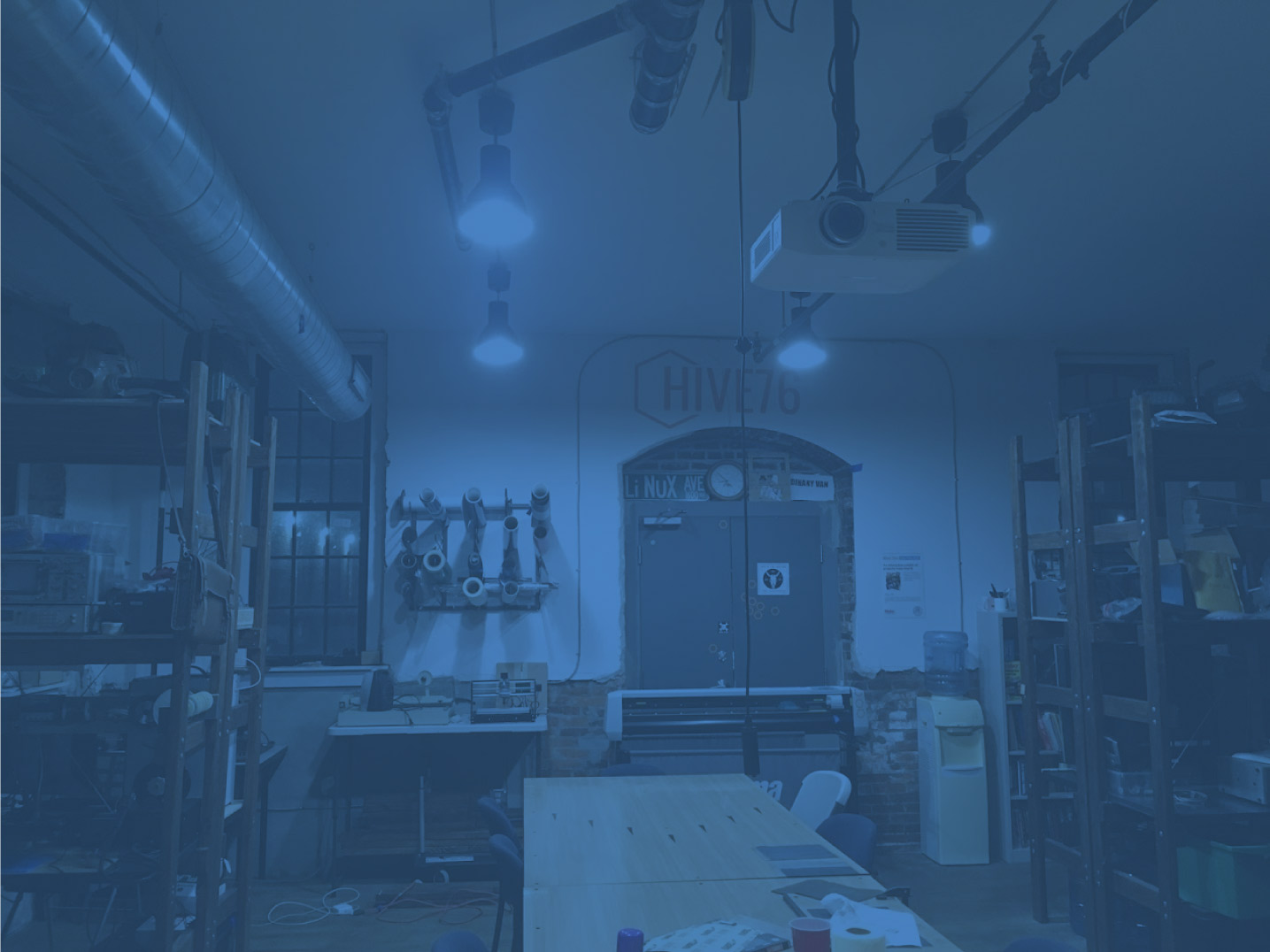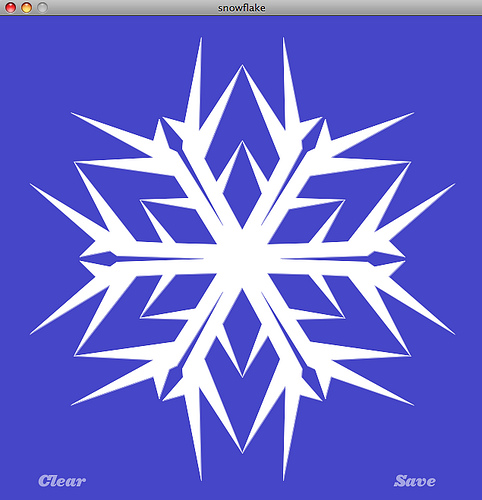 This 5×6 LED tile is a key component in a secret project that I’m developing (in secret) with some other folks (whose names shall remain a secret).
This 5×6 LED tile is a key component in a secret project that I’m developing (in secret) with some other folks (whose names shall remain a secret).
Why be so public about something so secret? Because this tile uses a layout technique that lets you build charlie-plexed LED arrays quickly and cheaply — and that’s something worth sharing.
 You need to flip the tile over in order to see what’s special about it. Here’s a quick list of features that make the assembly what it is:
You need to flip the tile over in order to see what’s special about it. Here’s a quick list of features that make the assembly what it is:
- The back of the tile has six “column” conductors and six “row” conductors.
- These column and row conductors are connected along the diagonal of the row/column array. At all other points in the matrix, the row and column conductors are isolated via a layer of masking tape.
- LEDs above the diagonal have their cathode connected to the conductive row immediately above the LED. LEDs on or below the diagonal have their cathode connected to the conductive row immediately below the LED.
- All LEDs have their anode connected to the column that is to their immediate left.
The resulting circuit allows you to individually address any of the thirty LEDs in this 5×6 matrix using only six lines from a micro-controller. Continue reading “Hand-crafted Charlie-Plexed Tile”











